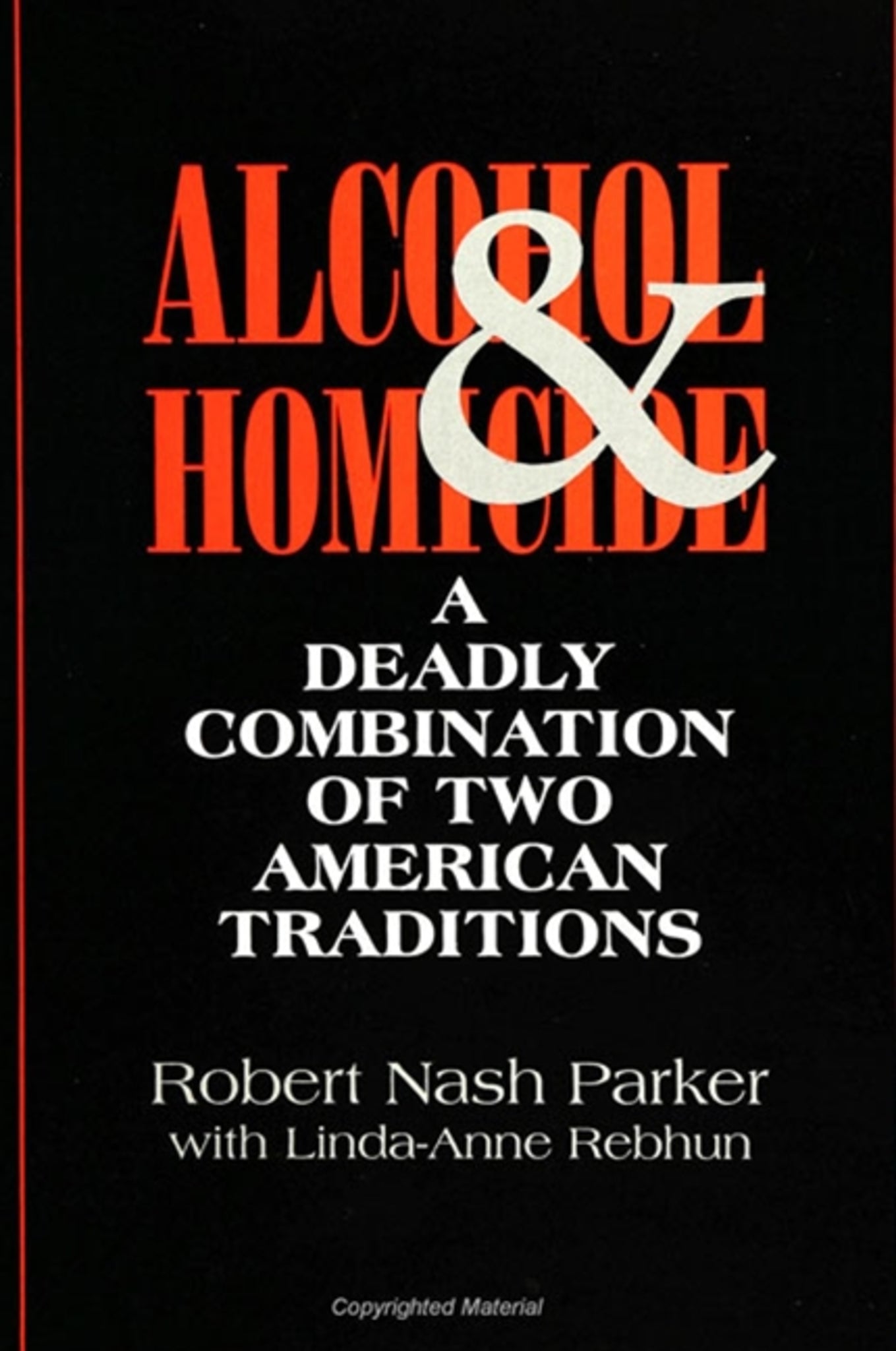We're sorry. An error has occurred
Please cancel or retry.
Alcohol and Homicide

Some error occured while loading the Quick View. Please close the Quick View and try reloading the page.
Couldn't load pickup availability
- Format:
-
13 July 1995

The authors show how and why alcohol and violence are so often linked today.
The relationship between alcohol and homicide in America is explored both historically and theoretically, providing the groundwork for two empirical analyses. The first, a theoretical approach, leads to the development of a selective disinhibition hypothesis, the implications of which are tested in a longitudinal analysis of alcohol availability and homicide in 256 U.S. cities between 1960 and 1980. Alcohol availability was found to significantly increase homicide rates. Availability also interacted with city poverty rates, lack of social bonds, and the age structure to further increase the incidence of murder.
The second analysis, policy based, focuses on the impact on youth homicide rates of increases in the minimum age of purchase for alcohol, enacted by most states during the 1980s. This analysis shows that increases in the minimum drinking age had a significant impact on certain types of youth homicide. The book concludes with a discussion of the causes of the alcohol and homicide relationship, public policy and crime control alternatives for reducing alcohol related homicide, and other ongoing research that addresses these and other issues.


"Your analysis of alcohol and homicide is the best I have yet encountered. You are thorough, cautious with conclusions, proper in telling us what you have not included. I applaud your analysis, your language and your properly limited conclusions." — Marvin E. Wolfgang, University of Pennsylvania
"This book makes an important contribution to the literature on homicide and on the role of alcohol in society. It advances our understanding of the structural determinants of aggregate homicide rates by 'bringing booze back in' (to steal a phrase from the authors). In addition, the analyses point to possible strategies for reducing lethal violence, especially among the young, by regulating alcohol availability." — Steven F. Messner, State University of New York, Albany
List of Figures and Tables
Preface
Acknowledgments
1. Alcohol and Homicide American Style
2. How and Why Should Alcohol and Homicide Be Related?
3. Two Approaches to Alcohol and Homicide
4. Results of Longitudinal Analyses of City Homicide Rates
5. Alcohol Policy and Crime Control
6. Some Unanswered Questions about Alcohol and Homicide
Appendix 1
Appendix 2A
Appendix 2B
Appendix 2C
References
Index



